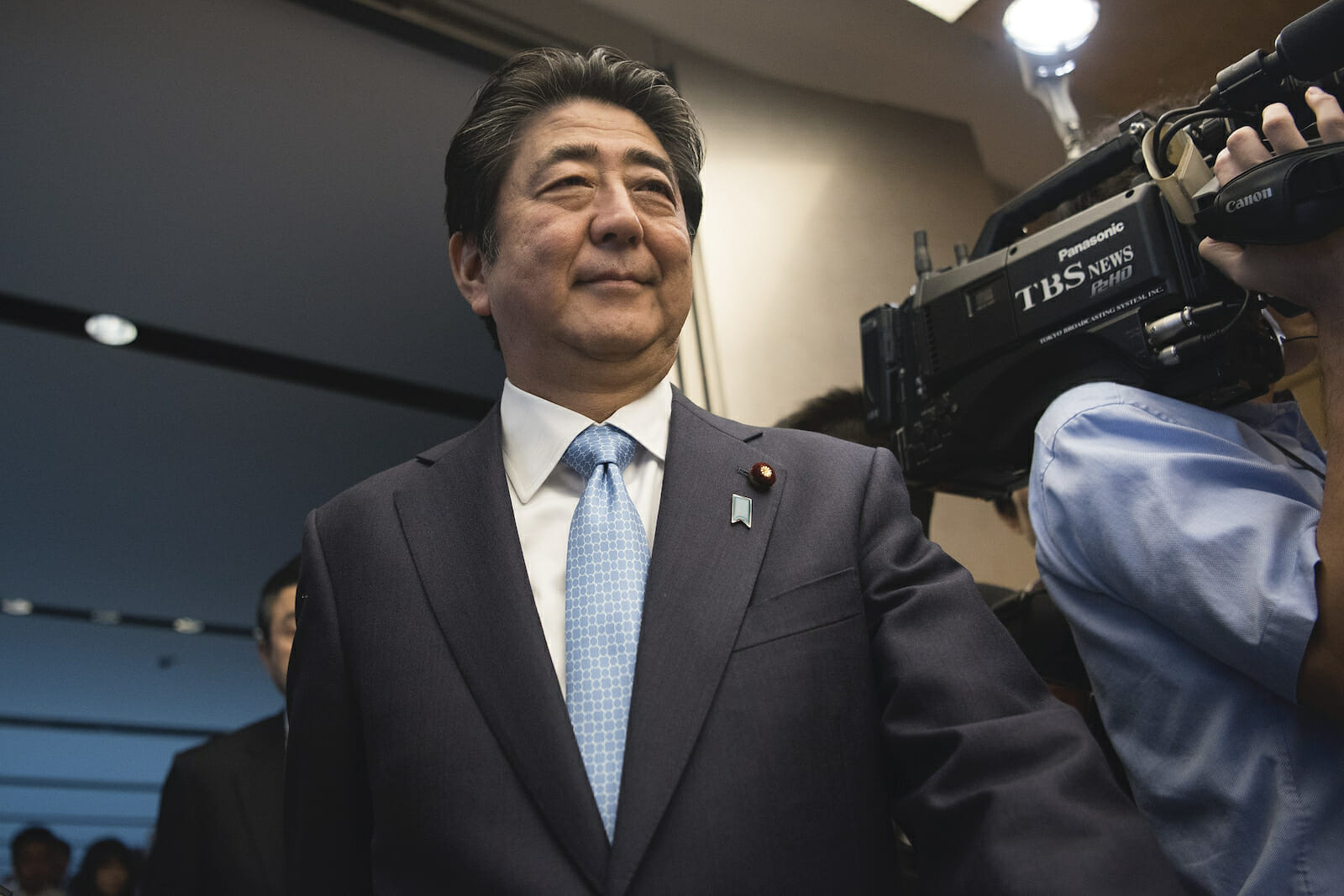
Defining Times: How China and Japan Set Norms and Borders
Front-page coverage of Sino-Japanese relations is fraught with reports of provocation. Incidents range from seemingly fortuitous encounters in the airspace of the overlapping air-defense zones to carefully planned military exercises in the waters surrounding the East China Sea and bear every semblance to open conflict. The principles guiding Japanese and Chinese foreign policy, however, speak a different and, in fact, surprisingly similar language, emphasizing shared concerns over the security of trade routes and regional stability which are key variables in the two countries’ economic growth equations.
While this shared strategic outlook is not going to let the two countries emerge in a Franco-German friendship anytime soon, these mutually held interests serve as the first assurance that the militarization of Sino-Japanese relations – absent the event of an unintended incident – is not easily going to spiral into full-blown escalation either. Rather, the discrepancy between what is said and what is done hints at an alternative reading of the territorial disputes between Japan and China that does not primarily construe them as geopolitical in nature but conceives them as a broader struggle for normative authority and the power to set rules of engagement and resolution for others. Rival territorial claims in the East China Sea are thus better understood as one of many possible (future) manifestations in which the more fundamental dynamics of norm-setting come to life.
At the beginning of this month, Japan’s Prime Minister Shinzo Abe’s keynote address at the Shangri-La Dialogue offered prominent testimony to the significance ascribed to this prerogative of interpretation. While Abe did not miss the opportunity to repeatedly emphasize the primacy of the rule of law as the basic principle informing an international code of conduct, his remarks are distinguished for the rhetorical proximity they establish between China’s and Japan’s foreign policy doctrine.
The “new banner of ‘Proactive Contribution to Peace,” Abe announced, is more than just akin in words to the fenfa you wei (usually translated as proactive) direction China’s foreign policy took under President Xi Jinping at the turn of last year. These mutual professions of proactivity signal a fundamental willingness to resolve territorial conflicts peacefully through diplomatic means –though not at the price of losing face and access to resources, or having the other dictate the terms of a settlement. The rhetorical overlap is thus no coincidence.
Chartering the map of the East China Sea is as much about geography as it is about legal boundaries. Victory or defeat is not exclusively a matter of absolute territorial gains but complicated by the normative calculus of establishing a favorable precedent through the framing of the issue. In other words, the premises on which territorial claims are asserted or admitted. In this sense, even yielding the legal title to one or some of the islets could eventually turn out to play to the advantage of the “losing” party. Lieutenant-General Wang Guanzhong, deputy chief of the general staff of the People’s Liberation Army, articulated the first step along these defining lines, reminding the audience at the Shangri-La security forum of the “need to formulate rules and norms, so that when have an encounter, we will have rules that we can abide by.”
An isolated military analysis of the territorial dispute, however, is in danger not only of heightening tensions in a hostile climate but also of obscuring the larger implications of what is at stake. Rising military expenditure across the region and renewed attention to capability build-up are not monocausally explained away by China’s strained relations with the littoral states of the South and East China Sea. China is rising by every measure. Bringing its military on a par with those of major powers whose ranks it is destined to join requires additional financial efforts. This reality is independent of the state in which China’s relations with its neighbors are and should not be misconstrued by limiting its context to maritime disputes in the Pacific.
By the same token, reading Japan’s reassessment of its constitutional encadrement of self-defense solely against the backdrop of an assertive-China narrative is overlooking the changes that the international security landscape has undergone since 1947, in the face of rapid advancements in weapons technology and their proliferation. These trends coincide with the globalization of asymmetric threats posed by non-state elements as these set out to challenge the traditional architecture of international security communities. Presented with these circumstances, a Japan vocally campaigning for a permanent seat on the UN Security Council would find it difficult to justify confining itself to its pocket of the world.
Yet again, the timing of this recalibration is an unmistakable nod in China’s direction, indicating that Tokyo will not leave regional leadership to Beijing. Even though the Chinese government frequently resorts to history in its design of the discourse and aims to reinstate conditions of the past, its rationale is tilted towards the future. Shinzo Abe seems to understand that. In the long game, asserting or refuting territorial claims only makes for a stage victory. Crucial are the enduring principles and mechanism forged in this process. For this reason, China and Japan both engage in a series of denial of norm creation and implementation attacks.
The latest in these acts include China’s alleged non-compliance with the Declaration on the Conduct of Parties in the South China Sea, defying the assumption that the co-signatory parties could tie Beijing to any agreement other than a Beijing-sponsored consensus. The other side features Japanese dismissal and the immediate US flyover-challenge to China’s unilaterally established air defense identification zone.
Focusing military lenses merely on the theater in the East China Sea not only offers a myopic view of the motives underlying the military transformations in the region, but it also fails to provide a differentiated picture of the multi-dimensional dynamics at play in the region. Looking at events from the broader perspective of a struggle for power to define norms, the territorial disputes reveal a dangerous quality to shake up the world far beyond the region they are set in. Deciding a legal title, by contrast, seems a parochial affair.
Not least, given the lingering ghosts of the past, Sino-Japanese relations are prone to persist in a state of uneasiness, in which weapons appear to be the norm. But even as military confrontation is averted, a calm East China Sea should not belie the more subtle developments at an uncharted frontline that oversees the manufacturing of norms into weapons.

